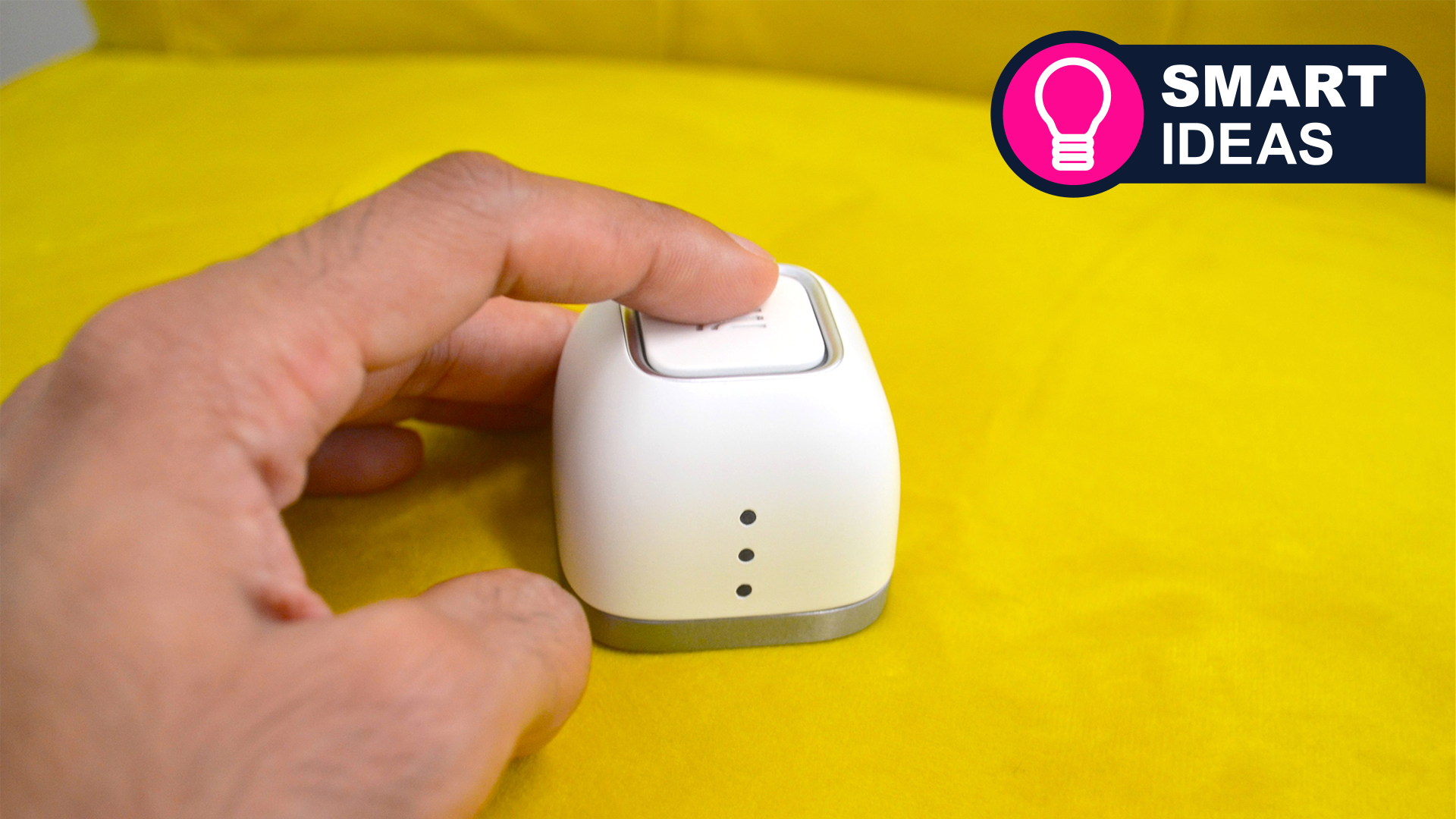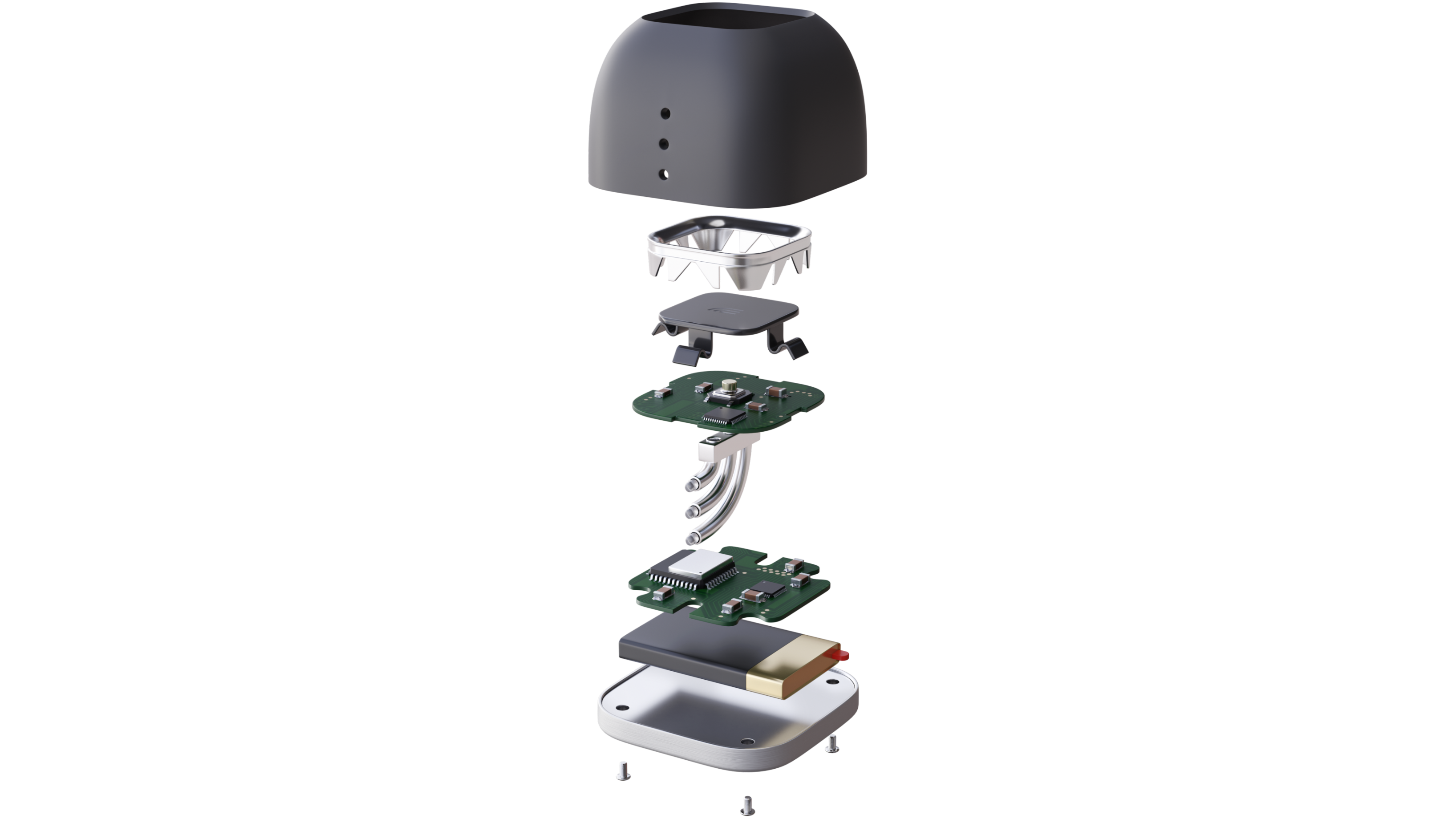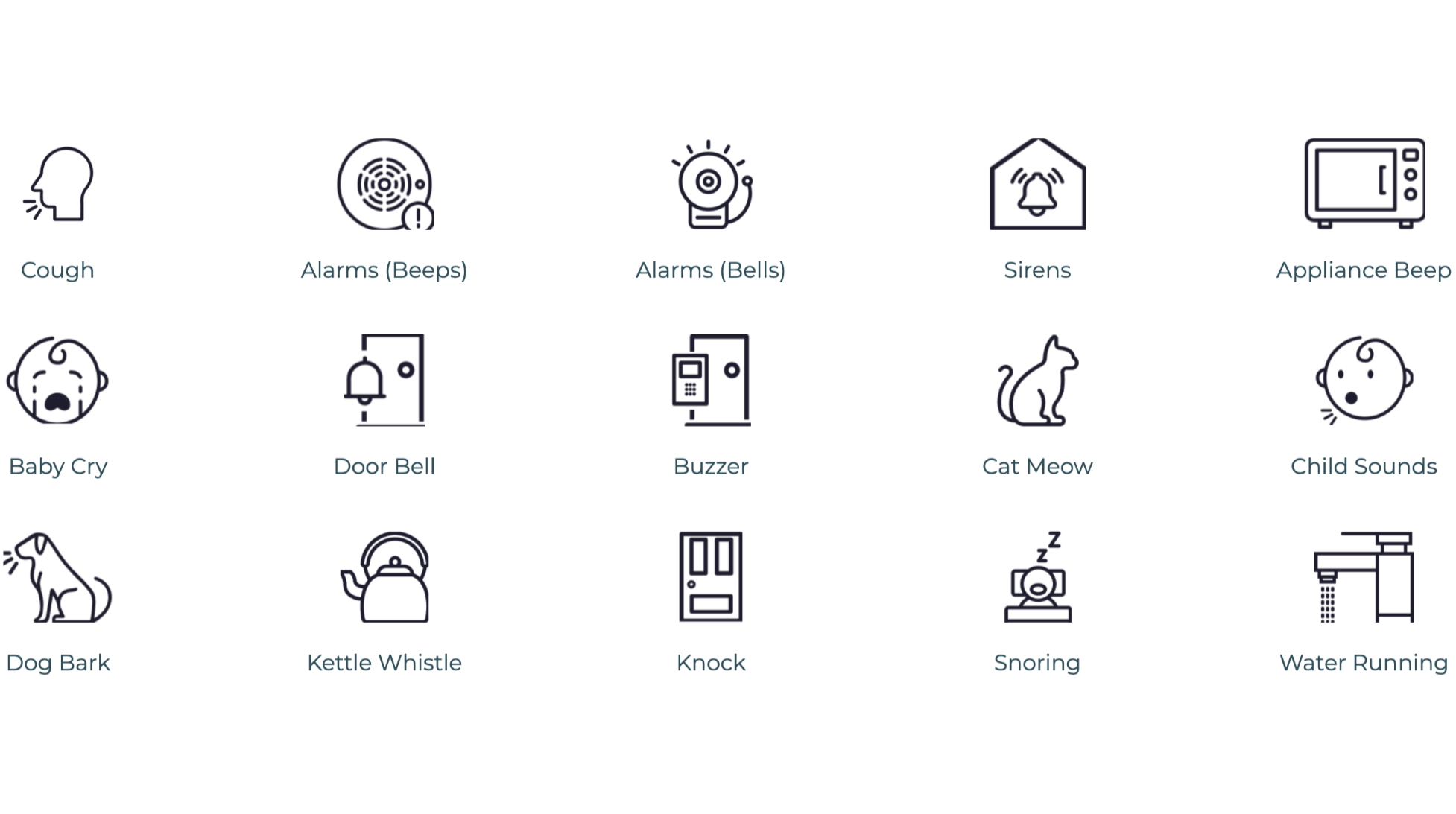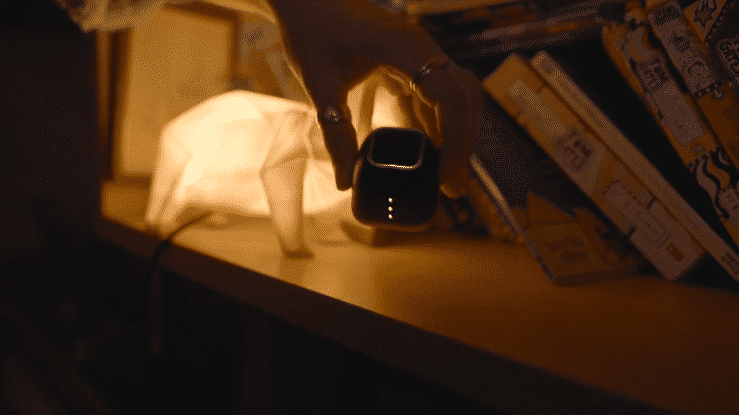This single smart-home gadget could replace your video doorbell, baby monitor and security system
The tiles have Earzz

Sound detection technology is everywhere these days; between your smart speaker, mobile phone and even some TVs, it’s not the walls having ears you need to worry about at home.
Potential privacy concerns aside, sound detection is an essential feature of baby monitors, alarms and other security devices. However, you can end up with a plethora of devices dotted around the home in addition to your smart-tech staples.
This is the latest in a regular series of articles exploring smart tech that exists to make your life easier. Read them all here.
Unless you love having lots of single-purpose gadgets lying around (and don’t mind being surrounded by always-on microphones) this can add up over time in terms of both clutter and cost. However, a new device could mean you can do away with a host of these listening devices: Earzz.
The Earzz is pretty unassuming to look at – it’s a discrete little box about the size of a plug. However, behind its simplistic facade is a highly capable, AI-powered smart home gadget that can be customized to listen out for specific sounds.
Safe and sound
Some of the most common sound detectors found around the home are baby monitors and smart speakers. But lots of smart home devices, like the best video doorbells and the best security cameras, are also listening in. Just one Earzz tile could feasibly cover all three purposes, listening out for the cries of your baby, a knock at the door, and even your dog barking, then alerting you via your smartphone, watch or tablet.
This idea forms the very backbone of Earzz’ development following its successful Kickstarter campaign, according to Earzz founder Prad Thiruvenkatanath, who has a background in acoustics and a PhD from Cambridge.

Earzz uses AI to detect specific sounds – and crucially, not speech – and notify you on iOS or Android devices. You can even choose which sounds alert which device and the frequency of notifications, offering a far more sophisticated setup than most devices allow.
As of August 24, Earzz is publicly available and already supports a selection of 16 sounds, from babies crying and beeping alarms to more specific sounds like water running, snoring and even cats meowing.
Get daily insight, inspiration and deals in your inbox
Sign up for breaking news, reviews, opinion, top tech deals, and more.
Thiruvenkatanath says it won’t stop there though: “We’ll constantly keep improving and have new sounds coming all the time. We want to keep deploying new sounds based on what the users want… As the user feedback comes in, it’s not what I expected, but it’s been very valuable”
At the time of writing, the device is only being sold in the UK. But as the Earzz Kickstarter saw success in the EU and US, Thiruvenkatanath is keen to see this handy tool expand once the team has fully nailed down the mass market. Plus, some devices are already shipping to Kickstarter backers the world over; hopefully, that means it won't be too long before they're fully available.
Earzz is also offering early bird customers a limited-time launch sale on subscriptions, which come with one physical Earzz device, with prices starting at £7.99 per month. Further tiles will be available to purchase separately, and prices after the launch sale haven’t yet been confirmed.

Sound and Vision
What really got me hooked on the idea of Earzz is its privacy features. While I love a good smart speaker, I don’t think I’d so readily have multiples around my home were it not part of my job to review and use smart home devices on a daily basis. Between privacy and security concerns, I and many other smart home hopefuls can’t get past the idea of the always-on microphones built into the best smart speakers.
It’s a necessary evil so that voice assistants can hear when they’re being summoned, but one that raises serious questions about if and how conversations around our homes are being used for marketing, retail, and profiling.
Instead of recording raw audio and analyzing it, Earzz converts two-second audio recordings into an image, which patent-pending AI then scours for patterns to detect trigger sounds. This AI is trained purely on images and not sounds, Thiruvenkatanath explains, and the only data Earzz stores from its users are these images in order to further train the AI accuracy.
Currently, there’s a lot of development work to be done to improve the AI, as well as adding new features and new sounds to the library. There are no custom sounds available, but Thiruvenkatanath says that’s definitely something the team wants to explore as the AI model continues to learn from experience and customer feedback.

Thiruvenkatanath also hopes to see the device offer further integrations in the future, highlighting Alexa and IFTTT as a viable first step to allow for smart home automation in conjunction with Earzz: “We know that’s the next big thing, but we need to get the sound recognition right and perfect the model.”
Earzz also has the potential to be a real force for good, with Thiruvenkatanath highlighting in particular its benefits for the deaf community. In some hard of hearing homes, different sensors are used to trigger alerts (such as flashing lights), but the homeowner needs to be in the vicinity of this alarm and looking in the right direction to see this. Alternatively, Earzz can deliver notifications directly to the devices most accessible to them.
Even in its most basic form, Earzz can start to make your home work smarter, says Thiruvenkatanath: “I think this is just the start. The technology is limitless in the AI models themselves as to what we can do with them.”
We’ve yet to get our hands on our own Earzz tile, but keep your eyes peeled for our review!

Josephine Watson (@JosieWatson) is TechRadar's Managing Editor - Lifestyle. Josephine is an award-winning journalist (PPA 30 under 30 2024), having previously written on a variety of topics, from pop culture to gaming and even the energy industry, joining TechRadar to support general site management. She is a smart home nerd, champion of TechRadar's sustainability efforts as well and an advocate for internet safety and education. She has used her position to fight for progressive approaches towards diversity and inclusion, mental health, and neurodiversity in corporate settings. Generally, you'll find her fiddling with her smart home setup, watching Disney movies, playing on her Switch, or rewatching the extended edition of Lord of the Rings... again.